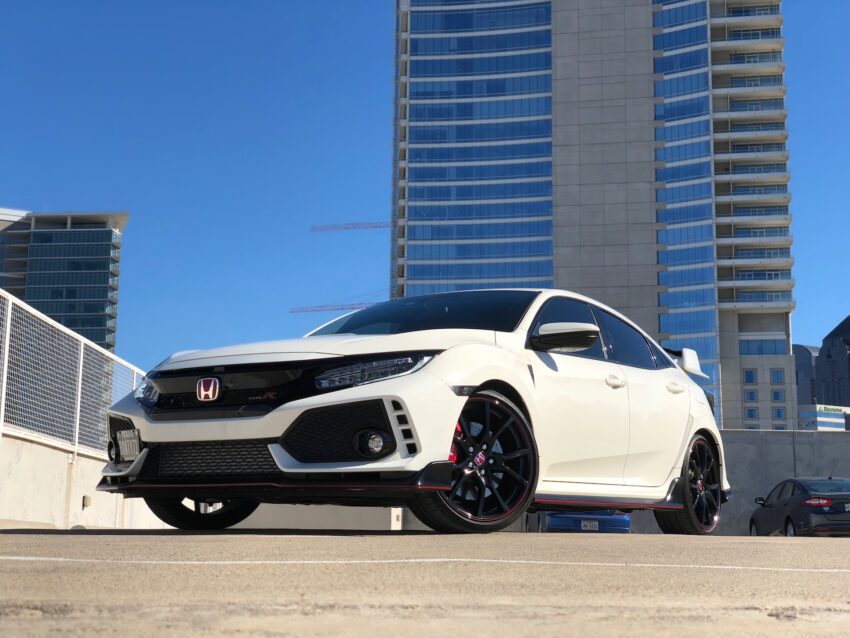Clocked up a ton of kilometres? If your car’s creeping past that 150,000 mark (or well beyond), it’s not time to coast. It’s time to get strategic. High-mileage cars can run smoothly for years with the right care, but they also come with a different set of rules. Servicing isn’t just routine at this stage; it’s critical.
Let’s get into what really matters when you’re looking after a vehicle that’s done the rounds.
Start with Mindset: Stop Thinking Like It’s a New Car
Once your car hits high mileage, the game changes. You’re no longer just following a factory maintenance schedule. You’re responding to wear, age, and often, unpredictability. The way you think about car servicing has to shift. Forget “out of sight, out of mind.” Even if something seems to be working fine, that doesn’t mean it’s not quietly wearing down. Prevention saves you money and headaches later.
Oil Changes Are Non-Negotiable
You’ve probably heard this a hundred times. But with high-mileage engines, oil really does matter more than ever. Older engines accumulate more sludge, have more internal wear, and are more prone to leaks. That means fresh, high-quality oil becomes your first line of defence.
Stick to shorter intervals. If you were changing oil every 10,000 kilometres when the car was new, consider switching to every 5,000 to 7,000 kilometres now. It’s a small investment that can help avoid major engine damage. And don’t forget the filter. A clean oil filter keeps contaminants out of the engine, which is crucial for older, more sensitive systems.
Transmission Trouble? Don’t Wait
One of the most expensive repairs drivers face in older vehicles is transmission failure, and it rarely happens without warning. If you feel slipping gears, delayed shifting, or odd noises when you accelerate, don’t put it off. Transmission servicing is often skipped because it’s not part of some standard logbook services, but for high-mileage vehicles, it’s one of the first areas to focus on.
Flush the transmission fluid if it hasn’t been done in a while. Check for metal shavings in the old fluid, as they’re a sign of internal wear. These little steps can buy your transmission a lot more time.
Pay Attention to the Cooling System
Overheating is one of the fastest ways to kill a high-mileage engine. And once the damage is done, it’s often irreversible — cracked heads, warped gaskets, full engine rebuilds.
Check the coolant regularly, but go further than just topping it up. If it’s murky or hasn’t been flushed in years, get it drained and replaced. Old coolant loses its ability to regulate temperature and prevent corrosion inside your radiator and hoses.
Inspect the radiator for small leaks, too. These often start off minor but can turn into a disaster mid-traffic or on a hot day.
Brake Maintenance Isn’t Just About Safety
Yes, working brakes are essential for obvious reasons. But in high-mileage cars, worn brake components can also impact suspension, tyre wear, and even fuel economy. If your brake pads are constantly thinning or the rotors are starting to warp, it throws off the balance of the vehicle.
Feel a vibration when braking? Hear grinding? Soft pedal? That’s not just wear and tear; that’s a warning sign. Have the whole system checked, not just the pads.
Steering and Suspension: Subtle Signs Matter
Over time, bushings wear out, shocks and struts get tired, and ball joints loosen. None of this happens overnight. It creeps in gradually, so you might not notice just how soft or bouncy the ride has become.
But that softness can impact handling, steering response, and tyre alignment, and it adds up. Poor suspension makes your car work harder and often leads to uneven tyre wear, which hits your wallet faster than you’d expect.
Get the suspension inspected during every major service. Even if it still feels “ok” to you, the technician might spot things you can’t feel behind the wheel yet.
Don’t Ignore the Exhaust System
Older cars are more prone to exhaust leaks, rust build-up, and failing catalytic converters. You might not notice a small leak in the exhaust right away, but over time, it affects performance, fuel economy, and emissions. In some cases, it can also lead to carbon monoxide entering the cabin.
Keep an ear out for new noises, such as rattling, hissing, or extra loud idling, and get under the car checked if something sounds off. The exhaust system isn’t just about noise levels; it plays a big role in how efficiently your engine runs.
Electrical Gremlins: A Sign of Age
Wiring gets brittle. Connectors loosen. Sensors stop behaving like they used to. High-mileage vehicles are more vulnerable to electrical faults, and unfortunately, they’re not always obvious.
An intermittent check engine light, slow windows, weak headlights, or dodgy dashboard warnings can all point to deeper electrical wear. Don’t write them off as just quirks. A proper diagnostic scan can help track down what’s going wrong before it leaves you stranded.
Belts and Hoses Need More Than a Quick Look
Rubber parts don’t last forever. Over time, they crack, become brittle, and lose their flexibility. Timing belts in particular need special attention, especially if you can’t remember the last time it was replaced.
If a timing belt fails on a high-mileage engine, it can be catastrophic. Think bent valves, damaged pistons, or even a complete engine replacement. That’s a risk not worth taking. So if your service history isn’t crystal clear, make checking or replacing belts and hoses a priority.
Worth Every Kilometre
Servicing a high-mileage car isn’t about keeping it perfect; it’s about keeping it dependable. You’ve already gotten more use out of it than most people ever do. That’s worth protecting.
Treat it like the seasoned machine it is. Give it a little more attention, stick to a tighter schedule, and listen to the signals it’s giving you. With the right approach, there’s no reason it can’t keep going strong.


